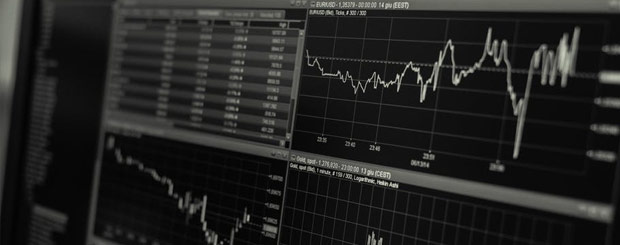Do Nothing: A Positive Proposal For Recovery
It was recently pointed out to me that certain free market orientated friends dislike policies that fail to restore immediate growth:
Basic economic theory posits that as households and businesses become more uncertain about the future, the more they save from their after-tax incomes — and a rising savings rate in the private sector at a time of belt-tightening in the public sector is not the prescription for growth, unless somehow exports emerge as a critical safety valve. For sure, if there is one development that does seem encouraging, it is that there is something of a manufacturing renaissance taking hold, but the effects on the overall economy are going to pale next to the round of consumer retrenchment we are likely to see in coming quarters and years.
On the face of it, who would not want growth when we are on our knees awaiting the next blood letting that will inevitably unfold as the second phase of the Great Recession comes upon us? A large credit boom such as the one we saw from the mid 90’s to the late 00’s causes many more goods to be produced, with the newly created credit, than there are savings to buy these goods. With only a limited amount of factors of production and productivity gains not creating more goods and services fast enough, we have businesses biding up resources and thus prices against each other. This causes local asset price booms. Think Dot.com. Think housing. This causes the general price level to rise, rather than fall. Productivity and technology gains should allow price falls (think of the costs of your computer over the last two decades), but economy-wide, they never do. People eventually reduce their consumption of goods, having depleted their savings. As consumers disappear, and turn their attention once more to saving, the boom goes to bust. So what needs to happen is that prices be allowed to fall. We should embrace this process. When prices fall, the consumers become more and more confident that what they are being offered is fair value or even undervalued, and they start to increase their buying volume again. This is when the seeds of recovery start to show fruit. We should also remember that the only way to create wealth is for entrepreneurs to find better ways to combine the existing factors of production in better ways to make goods and services that people want. They do this by using their savings to invest in better capital formation. This is done brick by brick, over time. It is done by entrepreneurs, not governments. The only thing the latter can do is provide the legal framework, the rules of the game, so that entrepreneurs can get on with producing the goods and services of the economy that satisfy the needs of their fellow man. However the government tries to intervene — through bailouts, deficit spending, quantitative easing, credit easing, enterprise zones, ‘green’ subsidies, or tax gimmicks — they cannot help but produce uncertainty, which is the real killer of the recovery. When people aren’t sure how the rules are about to change, they put more money into precautionary savings. All private enterprises do the same: it is the only rational response. In this paper (PDF), which won the 2010 Frisch Medal of the Econometric Society for its author, Nicholas Bloom shows how uncertainty can be one of the most disruptive factors for an unbalanced economy attempting recovery. He does not show how the economy comes to be so unbalanced in times of recessions, but his analysis of the impact of “uncertainty shocks” is compelling. Bloom concludes:
The uncertainty shock also induces a strong insensitivity to other economic stimuli. At high levels of uncertainty the real-option value of inaction is very large, which makes firms extremely cautious. As a result, the effects of empirically realistic general equilibrium type interest rate, wage, and price falls have a very limited short-run effect on reducing the drop and rebound in activity. This raises a second policy implication, that in the immediate aftermath of an uncertainty shock, monetary or fiscal policy is likely to be particularly ineffective
So the only way to cure this recession is for the policy makers to get out of the way, let prices fall, let debt get written off, and let people start buying again those good and services they want, at prices they can afford to pay. Prior to 1929, this of course was the usual public policy response. After World War I, in the belligerent countries, we had a large build-up of capital to produce weapons of destruction. This distortion away from what consumers would normally need had to unwind. In the USA, for example, this was painfully deflationary, from Jan 1920 – July 1921, but within 18 months the whole recession was over. Since that recession we have been faced with a mix of policy activism by our elected representatives and interventions of various shapes and sizes leading for example to the prolonged Great Depression. I contend that with all the frantic policy activism we see over in Europe, especially now, we can expect the Great Recession go on for many years to come. I know that advocating a “do nothing” policy is for a politician like advocating that all new born babies should be eaten, but sometime what seems the least palatable — letting prices fall and debts be written off — is in fact the quickest and least painful option. As an Ironman athlete, my coach prescribes one rest day per week when I do no physical activity at all, and one calendar month per year when I remain largely inactive. This is a very important part of my training program, and it needs to be given as much attention as the swim, bike and the running aspects. Inactivity can be good! As an investor, instead of looking at the stock market going up, down, sideways, backwards, and every which way as the herd charges around, being busy and active on a whisper here, a phrase said there, by a politician or policy maker, I suggest a different course: choose your companies based on their true fundamentals. Do they have great management? Do they have original owner participation? Do they make great products that are needed all the time? Do they have good barriers to entry? Do they have a strong balance sheets and little or no debt? Then you can make your choices, sit back and do NOTHING as a positive investment strategy. If our bust is allowed to unfold, there will be momentary panic as the voices of the political class fall silent, but people will soon realize that as they still need to eat, drink, and keep warm. The world goes on, the sun rises and sets, and as long as people need things, there will be people who will supply those things. Entrepreneurship will never be snuffed out. I advocate a POSITIVE policy of doing nothing.
Addendum
Since I wrote this, Sean Corrigan has sent me an article (PDF) by our friend Prof Steve Horwitz about the Hoover administration. It covers the 29 – 31 crash period, and is very pertinent to today. This administration, we are always told, was a “do nothing” free market administration, and it was Hoover’s non-policies that actually deepened the Great Depression. Horowitz concludes:
Despite overwhelming evidence to the contrary, from Hoover’s own beliefs to his actions as president to the observations of his contemporaries and modern historians, the myth of Herbert Hoover’s presidency as an example of laissez faire persists. Why that is so is beyond the scope of this study, but it surely remains a source of comfort to those among the intelligentsia who deeply believe that the Great Depression demonstrates the problems with free-market capitalism and the importance of government intervention in stabilizing a market economy. The truth, of course, is nearly the opposite. This misinterpretation of the Great Depression lies at the bottom of much of their more general belief in the deep flaws of market economies, as we have seen in the way the media and many intellectuals have cheered on the activism of Bush and Obama since 2008. Accepting Hoover’s role as the father of the New Deal would challenge the fundamental argument at the core of their preferred narrative that laissez faire made matters worse during the Depression and that government intervention was the solution. Everyone agrees that Hoover’s presidency made things worse, but for the critics of capitalism to accept the truth of Hoover’s activist policies would require that they question the effectiveness of such activism and drop the claim that laissez faire failed. In the past three years the failure of massive government intervention to deal with our own economic crisis has become clearer each day. Facing a failed ideology, it should not come as a surprise that defenders of the interventionist faith would cling to the Hoover myth like a plank in the ocean. Un- fortunately for them, the historical facts are not on their side and, unfortunately for the American economy, the persistence of the Hoover myth continues to justify the counterproductive policies of the Obama administration and thereby prevents markets from generating the economic recovery of which they are fully capable.




